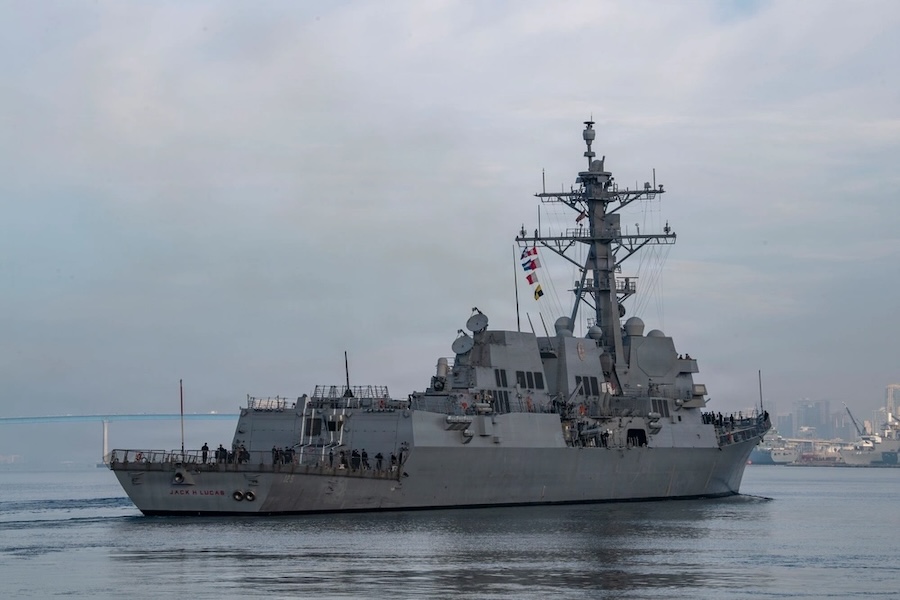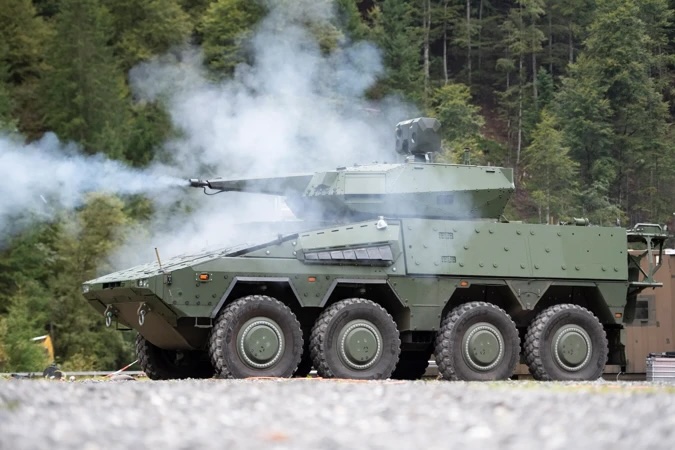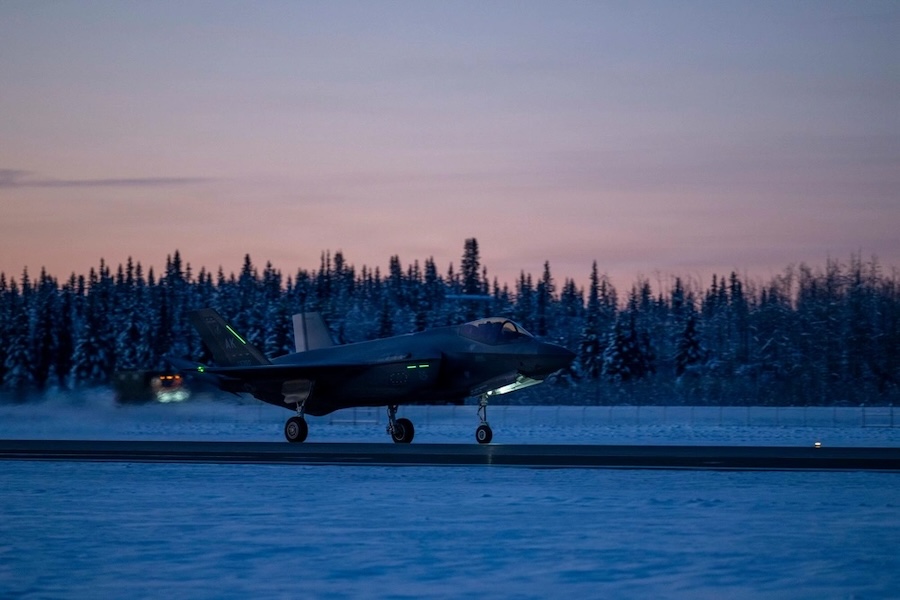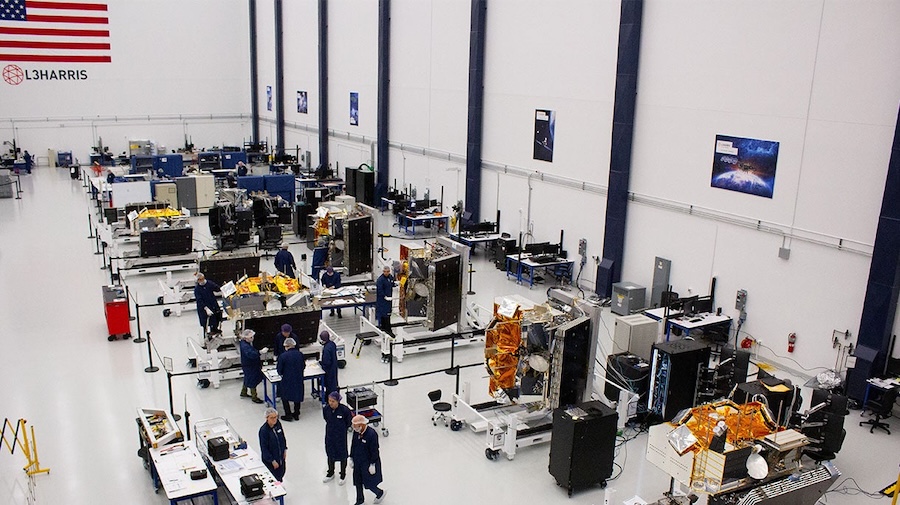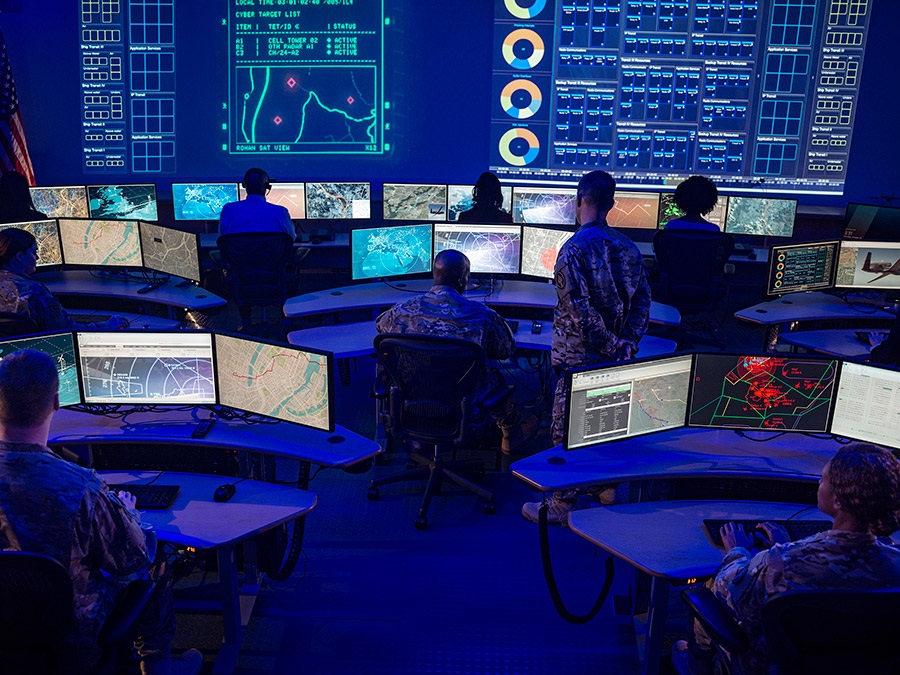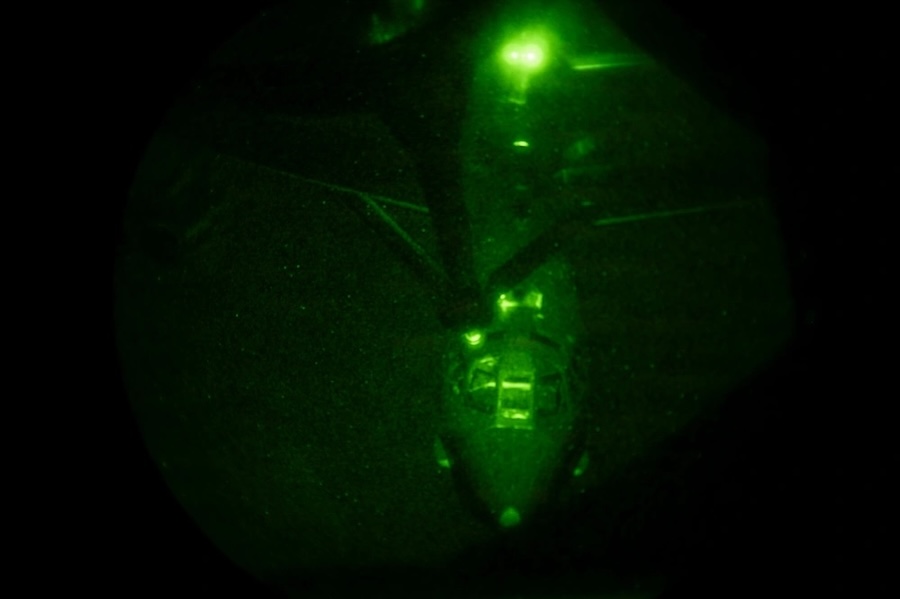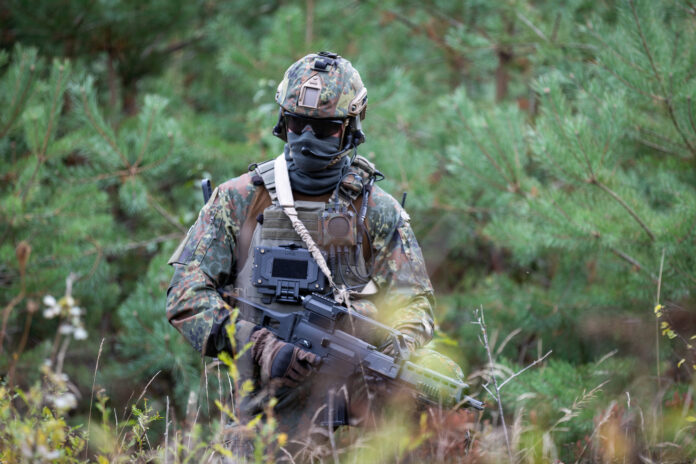Originally intended to replace the ageing E‑3 AWACS fleet with 26 aircraft, the E‑7 programme began with two prototypes under a $2.6 billion contract. Costs have since grown to approximately $3.6 billion, with the aircraft’s first flight postponed to May 2027 and initial combat-ready units delayed until 2032.
In place of the Wedgetail, the Pentagon now proposes purchasing five E‑2D Hawkeyes from the Navy and increasing investment in space-based surveillance technologies. A senior military official stated, “We are bullish on space, and we think that that’s a capability that can be achieved, actually, faster than the E‑7 will deliver at this point.”
This marks a significant shift from what had been one of the Air Force’s top acquisition priorities, prompting concern over a potential gap in battle management capabilities once the E‑3 fleet is retired. Experts warn that the absence of a ready replacement could leave a critical capability gap.
Congress has already indicated resistance to the cancellation, allocating nearly $200 million for continued Wedgetail development in 2026 and another $200 million for procurement. It remains unclear how these funds, already committed to Boeing, will be managed if the programme is terminated.
Supporters of the E‑7, including defence analysts and think tanks, caution that abandoning the programme may weaken U.S. command and control capacity. They also highlight the aircraft’s adoption by key allies such as Australia, the United Kingdom, and NATO.
The E‑7 Wedgetail, developed at the request of Australia, uses a fixed AESA radar mounted atop the fuselage that enables 360-degree synthetic airspace monitoring. This contrasts with the rotating radar dome found on the older E‑3 Sentry aircraft.


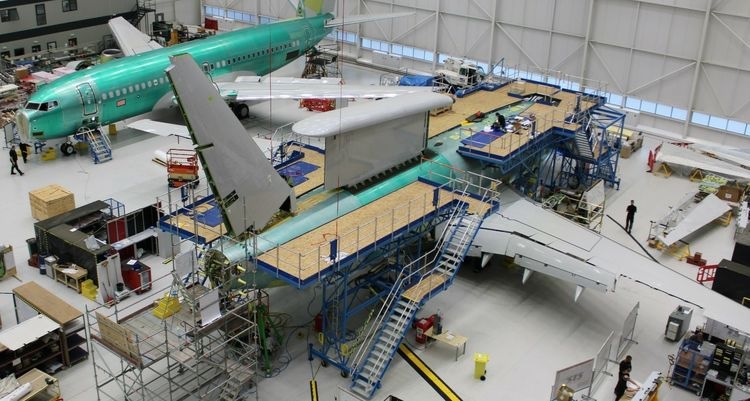

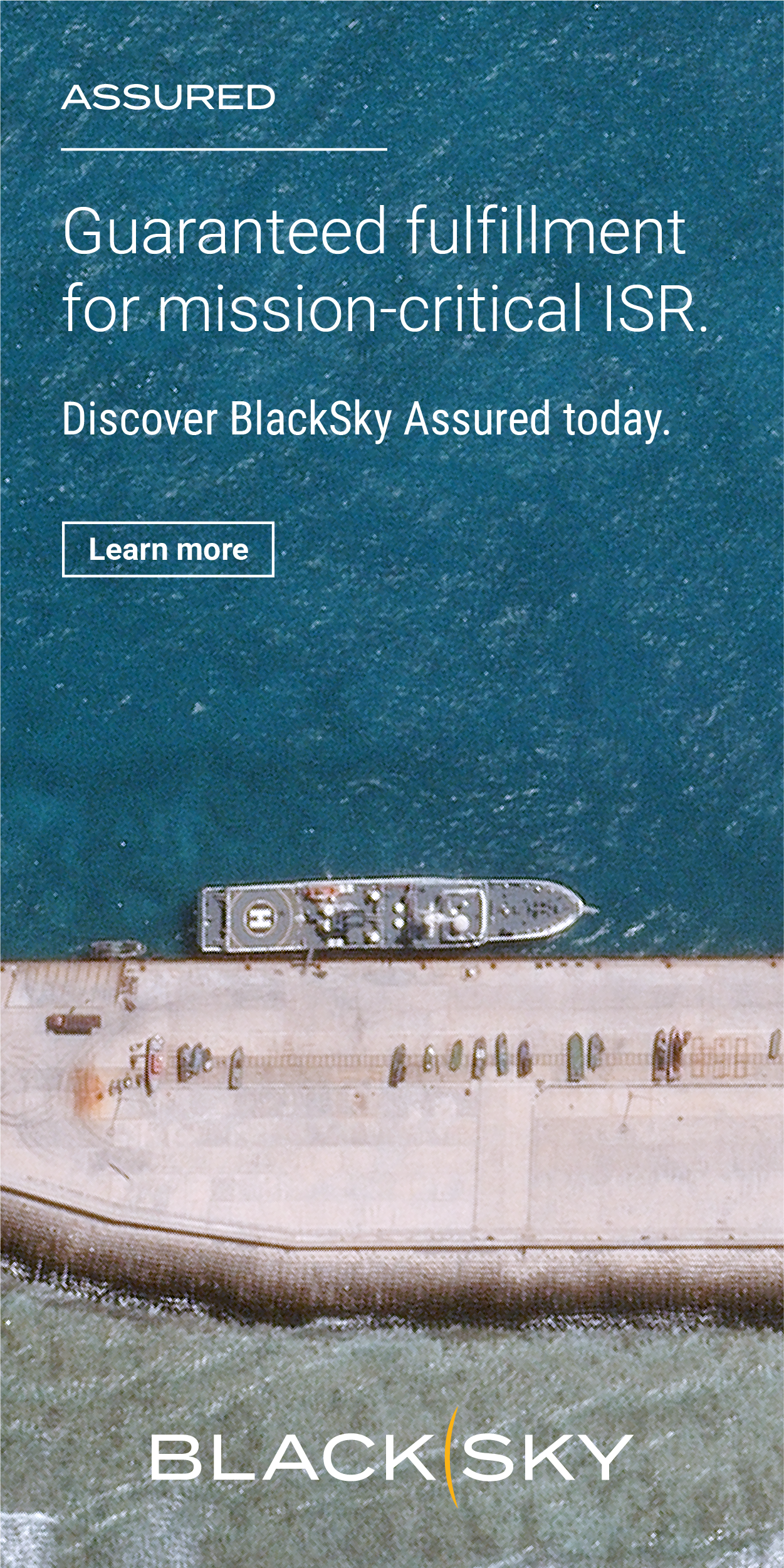

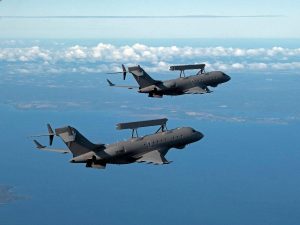
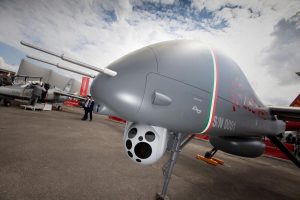




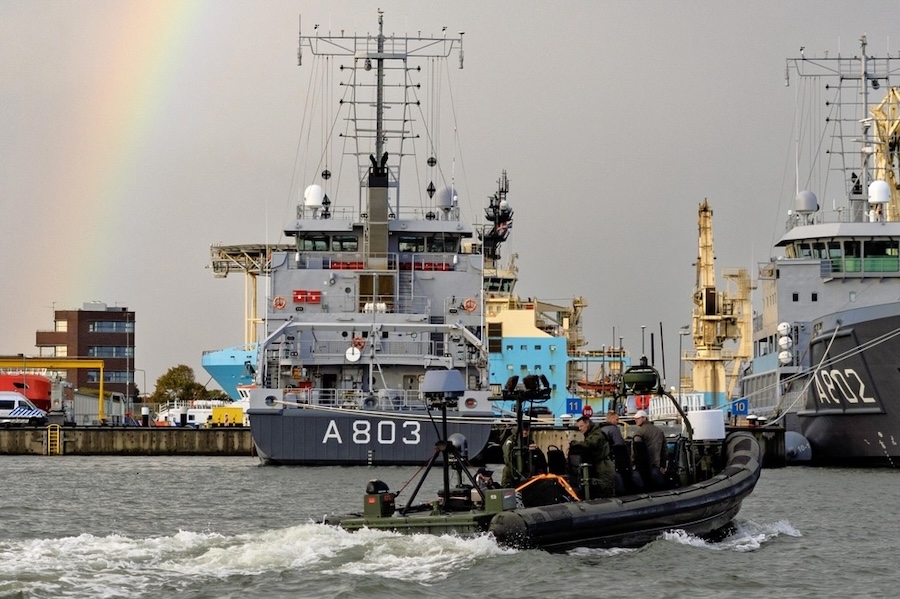
![Auterion conducts first multi-manufacturer hybrid drone swarm strike demonstration [VIDEO]](https://defence-industry.eu/wp-content/uploads/2025/09/Auterion-secures-130-million-to-scale-AI-defence-software-and-transform-drone-warfare.jpg)
